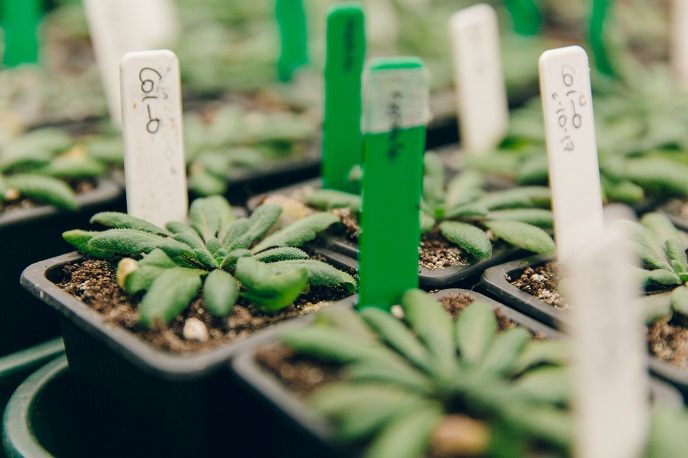New technology prepares crops’ immune system against attack
A large proportion of global harvests are lost each year to plant diseases. Although pesticides help to reduce these losses, there are worries about pesticide resistance and their impacts on health and the environment. One alternative is the treatment of plants with chemical priming agents that increase their resistance to pests and disease. This long-lasting protection is based on a form of immunological memory, which enables plants to mount a faster and stronger immune response against future attack. The EU-funded ChemPrime project addressed this challenge by facilitating the adoption of chemical plant priming agents as a crop protection strategy. “The initiative aimed at obtaining specific knowledge to facilitate the translation of our basic research on chemically induced plant immune memory into crop protection strategies,” states project coordinator Jurriaan Ton.
Important insights
The project engaged with agri-tech companies to identify possible obstacles to the adoption of priming chemicals as a crop protection technology and map out commercialisation routes. Researchers also increased the synthesis efficiency of priming chemicals to reduce the costs of production and make the agents more affordable and attractive for agricultural exploitation. Prior research identified mechanisms by which selected β-amino acid chemicals can induce broad-spectrum resistance with minimal side effects on plant growth. “A previous European Research Council project called PRIME-A-PLANT revealed key insights into how plants perceive and respond to priming-inducing chemicals. ChemPrime developed these discoveries into a crop protection strategy through working with commercial stakeholders,” explains Ton.
A new technology
Initial project work involved translational research to make the concept more attractive to commercial stakeholders. “We have identified genetic targets to improve the effectiveness of the priming response to selected β-amino acids. We have also examined the effectiveness of these priming chemicals against a range of economically relevant crop diseases, the occurrence of chemical residues in crop products, and the importance of chemical formulation for applications in different production systems,” notes Ton. In a second phase the project mapped out pathways for the commercialisation and application of priming chemicals as a new crop protection technology. This research has identified the need for genetic (and potentially epigenetic) selection of crop varieties that respond optimally to priming chemicals as a means to tailor the technology to specific crop products. In addition, it found that hydroponic production systems, such as greenhouses and vertical urban farms, are the most viable and obstacle-free route to application, while exploitation of priming chemicals in soil-based production systems requires crop-specific optimisation of slow-release seed coating technology. Importantly, this research also identified the need for cost-efficient synthesis pipelines of priming chemicals to increase potential demand in the crop protection industry.
Commercial engagement
ChemPrime generated results that are of both scientific and translational value. “We uncovered new regulatory genes in the perception, signalling and trade-offs of chemical immune priming in plants,” Ton says. “These can be used by crop breeding companies to select for crop varieties that respond well to these resistance-inducing chemicals. Our findings also provided new clues about the mechanisms by which primed plants retain epigenetic immune memory.” Engagement with the agri-tech sector provided a better understanding of the exploitation potential of chemical priming agents, as well as stakeholder demands and expectations of new crop protection strategies. “This has led to a new research partnership with a seed company that aims at exploiting epigenetic variation in lettuce to optimise immune priming against downy mildew diseases. In addition, ChemPrime is exploring funding opportunities to create a spin-off company for the biochemical production of bioactive β-amino acids,” concludes Ton.
Keywords
ChemPrime, priming, crop protection, plants, pesticides, immune memory, resistance-inducing β-amino acids, R-β-aminobutyric acid, R-β-homoserine







